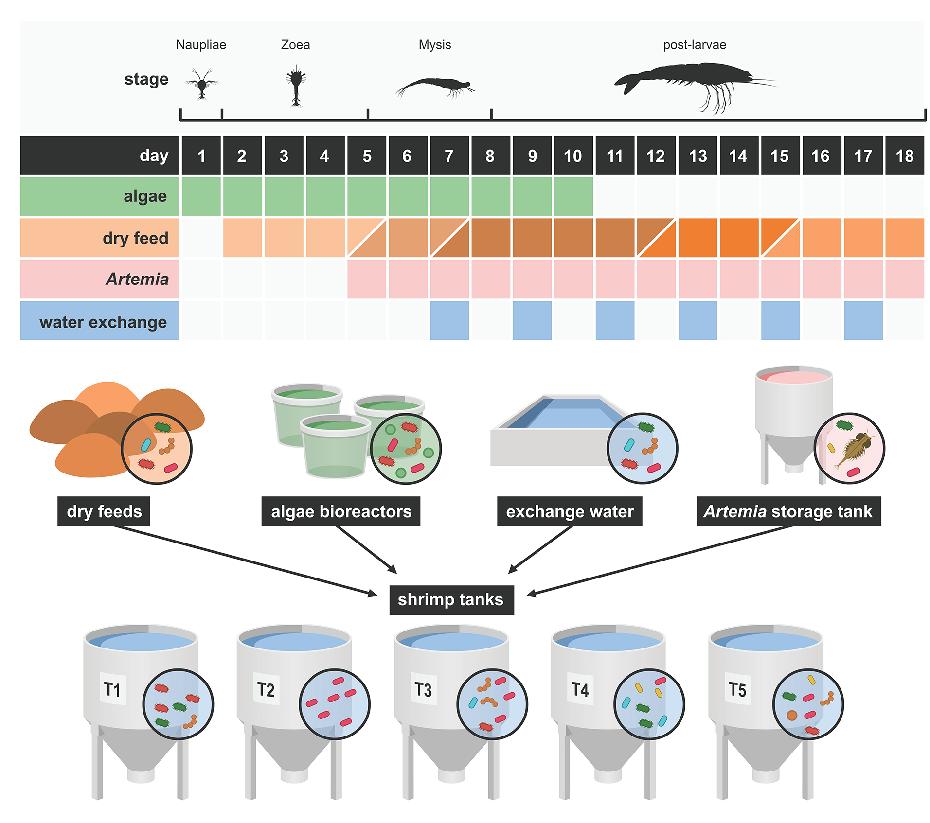
3 minute read
What does sustainability mean for aquafeeds
Zuridah Merican
The sustainable development goals set by the United Nations in 2015 were designed to be a "blueprint to achieve a better and more sustainable future for all" to be attained by 2030. Climate change and sustainability are back on everyone’s agenda. It is no longer a philosophical discussion but how does this affect the aquafeed industry or more importantly, how can the aquafeed industry contribute to this goal?
Advertisement
Although the underlying principles impact all aquafeeds, the key drivers for the various feeds in Asia differ greatly. The driver for sustainable shrimp feeds is the augmentation of fishmeal but total fishmeal replacement may not be the initial goal. Shrimp production increased by 350% during the period 20002019 and high-quality fishmeal has surpassed the USD 2,000 per tonne mark. To date, shrimp nutritionists have not been able to totally replace fishmeal at the same cost and at the same performance. Cost has been the major driver of fishmeal substitution over the past 20 years and has now added sustainability as another driver. Recent increases in the price of soybean meal together with an impending commodity super cycle have already forced feed companies in some countries to increase feed prices. With the increase in shrimp production and demand for feeds, additional supply of quality protein ingredients is required to maintain stability in the supply chain. Novel ingredients such as single cell proteins attributing to its small footprint and insect meals attributing to its circular economy are already here. However, push factors alone can only do so much. To accelerate the process, there must be a demand from consumers willing to pay a slight premium for sustainable shrimp, at least for the initial period.
Marine fish feed faces a different key driver. Despite the large volume of marine fish produced in Asia, feed consumption is relatively low. This mismatch is due to a preference for trash fish which leads to poor water quality, conditions for disease outbreaks and low survival rates. In this issue, we learn that ectoparasites infestations, often propagated by poor culture environments, result in poor market value due to undesirable appearances. It is not that farmers do not realise this but this fetish for trash fish must be stopped. Markets do not place enough emphasis on environmental sustainability in marine fish production. Despite faster growth rates and a shorter cycle due to conducive temperatures and no over wintering, here in Asia, we are not taking the opportunity to progress. Let us look at how salmon aquaculture has developed in Europe and South America. This is due to the use of quality compound feed which does not deteriorate water quality, allowing for higher carrying capacity and better survival rates. Many feed companies are ready with nutrient rich diets and could do with some help from government legislation to ban the use of trash fish.
Freshwater will become a limiting commodity with increasing population and pollution. Cage culture of freshwater species such as tilapia has advantages over ponds such as a lack of off-flavour in the fish but the culture system is perceived to damage the water quality of the freshwater body and compete with tourism for its pristine nature. All freshwater bodies have a carrying capacity for sustainable aquaculture which can be increased if pollution is reduced from faeces and uneaten feed. One of the major polluting factors is high unavailable phosphorus in the feed and ultimately in the faeces which acts as a fertiliser. While efficient feeding can be managed by automated feeders and real time monitoring of feed consumption, phytase enzymes can improve the availability of phosphorus, utilisation by the fish and consequently reduced amounts in the faeces. This is where freshwater fish feeds can contribute to the UN’s SDGs and still provide food and employment to the community and economic development to the country.
This Covid-19 pandemic highlighted the importance of food security when many nations were forced to close its borders in 2020. However, food security is not only confined to poultry, meat and fish production. Moving upstream along the supply chain, it covers feed and protein ingredients as well. This concern does not only affect smaller nations but larger countries as well, with populations to match, such as China.
Is the UN deadline of 2030 too ambitious or is the aquafeed industry moving too slowly?









